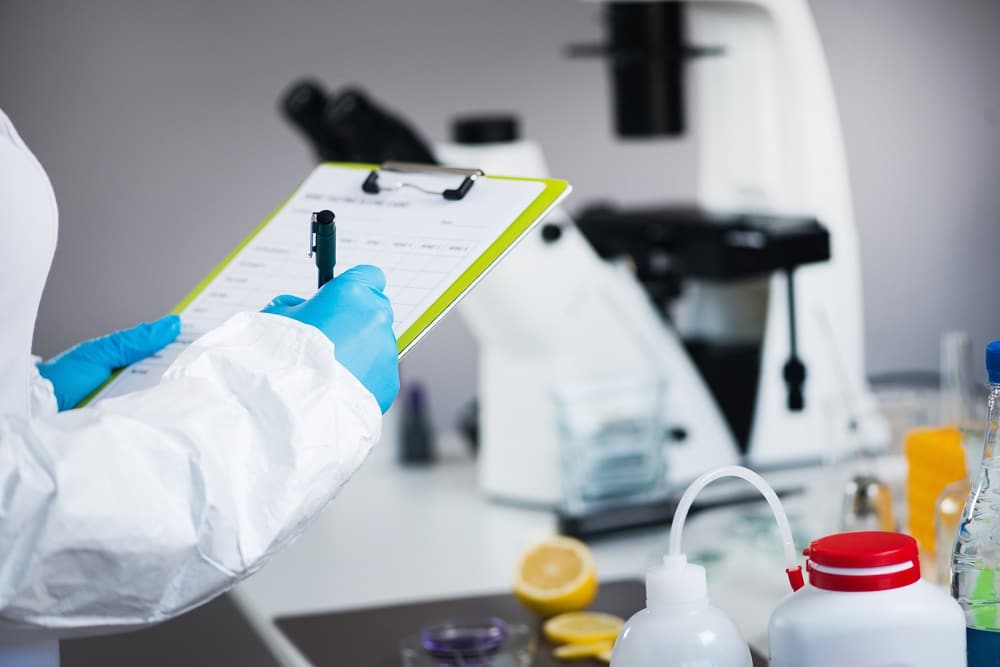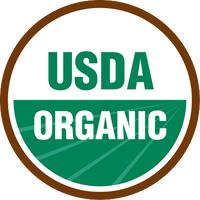Why Microbiological Testing of Tea Is Extremely Important

If the quality of tea isn't managed correctly it could pose a serious health risk. That is why each batch of tea that we import goes through various tests, even if it's organic since organic products only really focus on pesticide residue, there is still risk on the microbiological such as harmful pathogens (bacteria, mold, yeast, salmonella, e.coli etc)
Here are just some of the types of tests that we carry out on various teas to ensure the safety. Much of this happens behind the scenes, but don't be afraid to ask your supplier for a CoA (Certificate of Analysis) that is usually completed in a lab by companies such as SDS, Eurofins, ALS.
-
Total Plate Count (TPC): The total plate count measures the total number of viable microorganisms, including bacteria, yeast, and molds, present in a tea sample. It is an indicator of overall microbial quality. Different regulations or standards may specify acceptable limits for TPC.
-
Escherichia coli (E. coli): E. coli is a bacterium that can indicate fecal contamination and is considered a potential indicator of unsanitary conditions. Tea products should be free from E. coli or should be within the allowable limits defined by regulatory authorities.
-
Salmonella: Salmonella is a pathogenic bacterium that can cause foodborne illness. Tea products should be tested for the absence of Salmonella, as it is a critical microbiological requirement to ensure safety.
-
Yeast and Mold: Yeast and mold can grow on tea leaves under certain conditions. While they are generally not harmful, excessive growth can indicate poor quality or improper storage conditions. Regulatory requirements may specify limits for yeast and mold counts.
-
Pesticide Residues: Tea plants may be treated with pesticides to protect against pests and diseases. However, excessive pesticide residues can be a health concern. Regulatory authorities often establish maximum allowable limits for pesticide residues in tea products.
-
Mycotoxins: Certain molds can produce harmful substances called mycotoxins, which can contaminate tea leaves. Mycotoxins, such as aflatoxins and ochratoxin A, are regulated due to their potential adverse health effects. Testing for mycotoxins may be required depending on regulatory requirements.
-
Heavy Metals: Tea plants can absorb heavy metals from the soil, which can accumulate in the leaves. Heavy metals such as lead, cadmium, and arsenic can pose health risks if present in high amounts. Regulatory limits for heavy metals in tea products may exist to ensure consumer safety.
It is important to note that specific microbiological requirements and limits may vary depending on the country or region. It is crucial to consult the relevant regulatory authorities or quality standards organizations in your specific area to ensure compliance with local requirements.
- Teavision Team







Comments 0